Tools: Figma
Team: 1 UX/UI designer (myself)
My Role: UX research, Concept, Wireframe, Prototype
Timeline: 10 weeks (Research 4 weeks, Design & Testing 3 weeks, UI & Branding 3 weeks)

A mobile app that helps users find safe and effective personal care items.
Skintel can help address common concerns regarding cosmetic and personal care products:
Searching for news articles and online blogs to gain a deeper understanding of how the issue is directly impacting specific groups, its current state, contributing factors and potential improvements.
Did you know? Unlike food and drugs, the FDA provides minimal oversight to cosmetics, banning the use of only 11 ingredients compared with 1,400 ingredients prohibited in Europe.
I conducted user interviews with friends who were consious about the ingredients in their cosmetics/personal care items.
20-50 years of age.
Mindful about personal care or household product ingredients.
Have experienced some sort of negative effects using a personal care or household product in their lifetime.
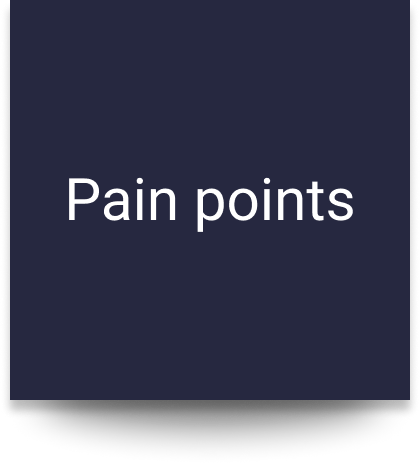
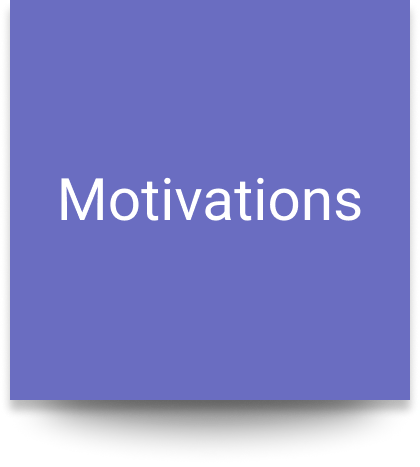
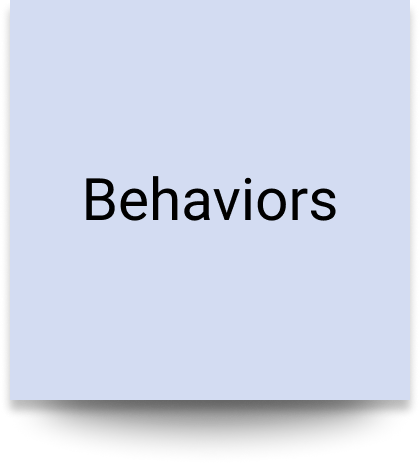
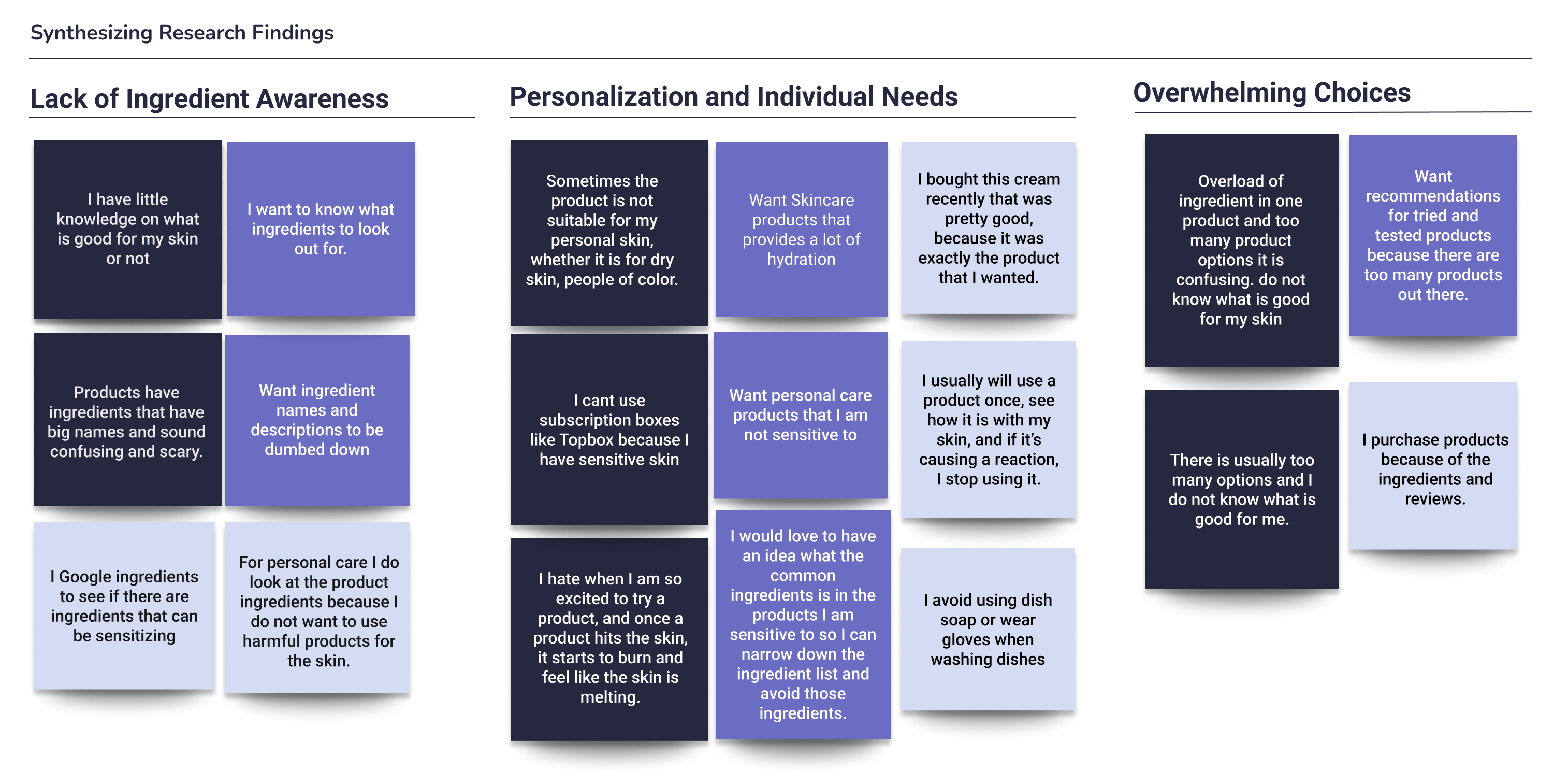
After categorizing the insights into pain points, motivations and behaviours, I discovered the commonalities and grouped them into themes.
The theme generated was Lack of ingredient awareness, Personalization and individual needs, and Overwhelming choices. I decided to focus on the theme of “Personalization and individual needs” because it has the most pain points from the user interview participants.
Who am I designing this for? Emily Davis is a persona I crafted from the insights gained from the user interviews. Emily is the embodiment of the pain points, motivations, and behaviors I gathered from the user interviews. She represents my app’s target user.
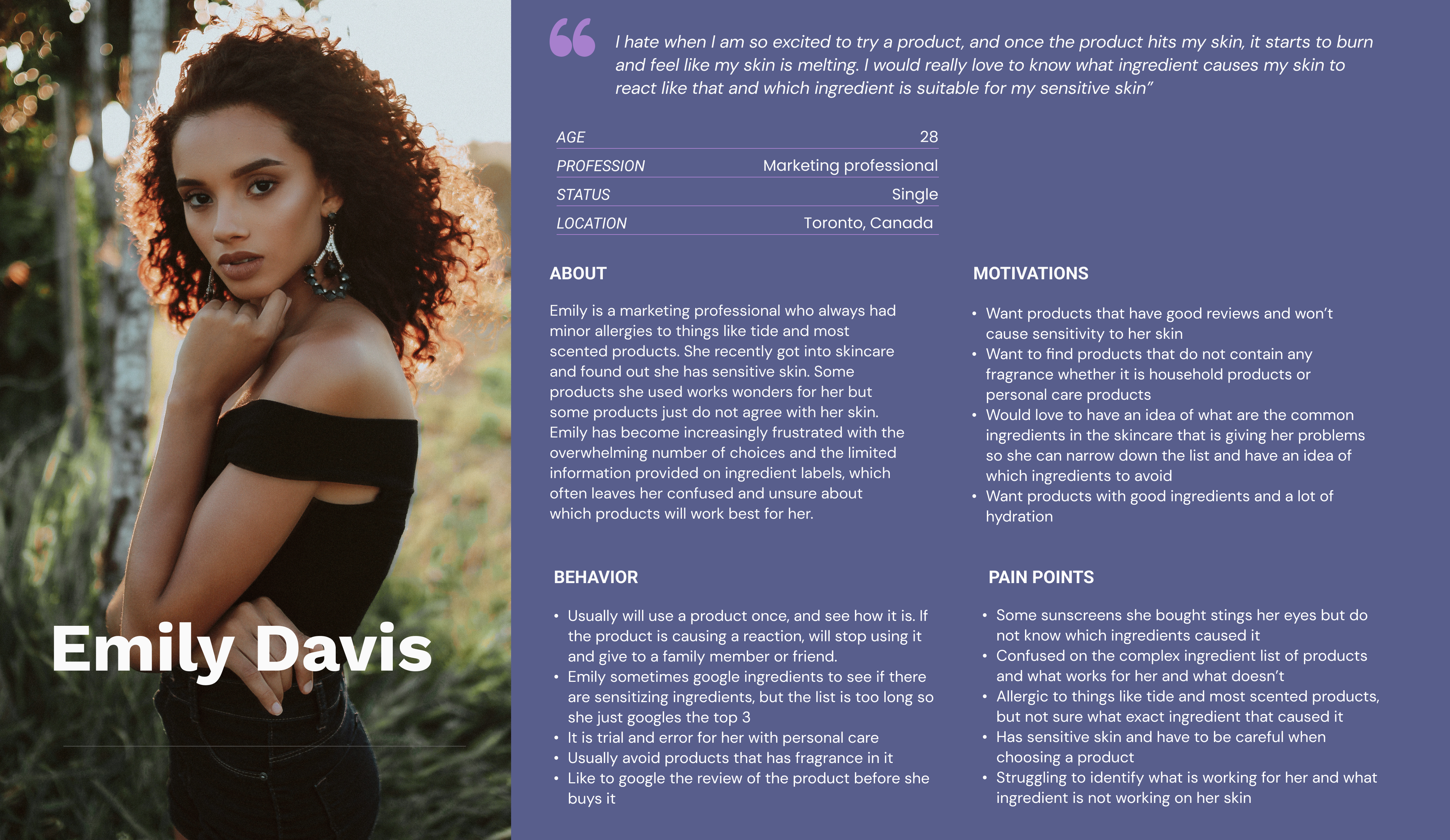
User stories capture and communicate requirements from the perspective of end users or stakeholders. Using Emily’s goal and paint points, I chose 3 user stories to focus on:
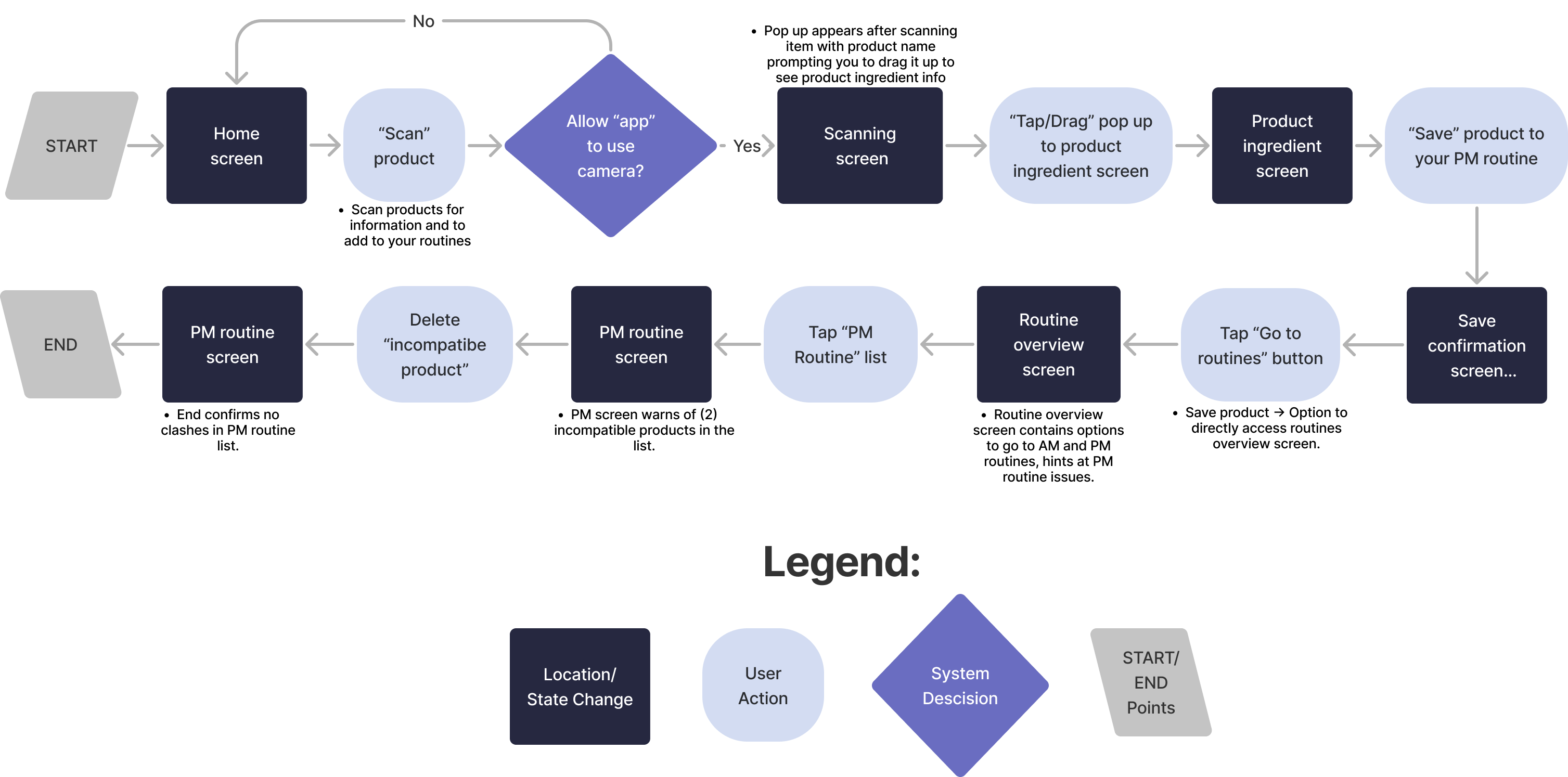
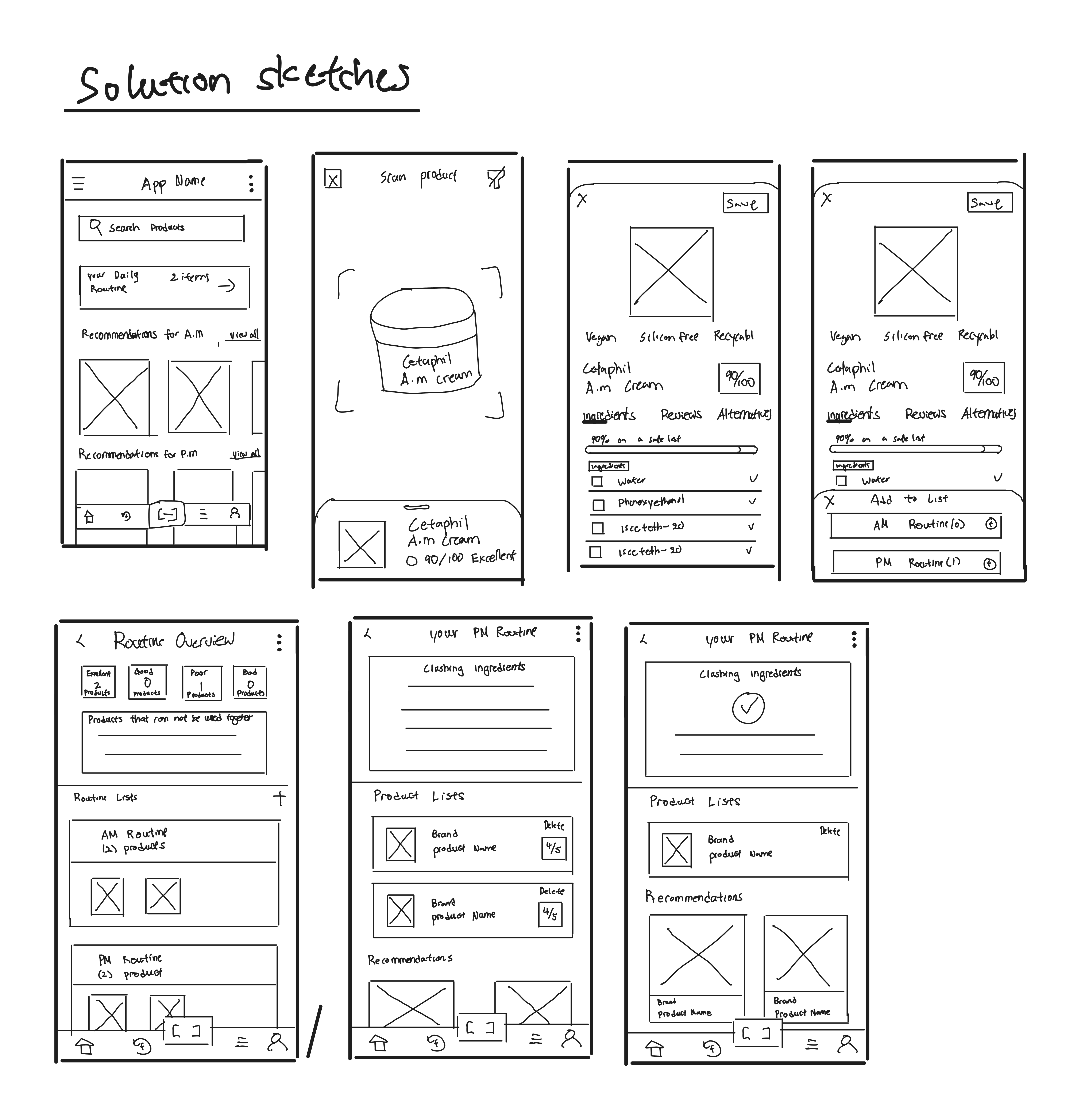
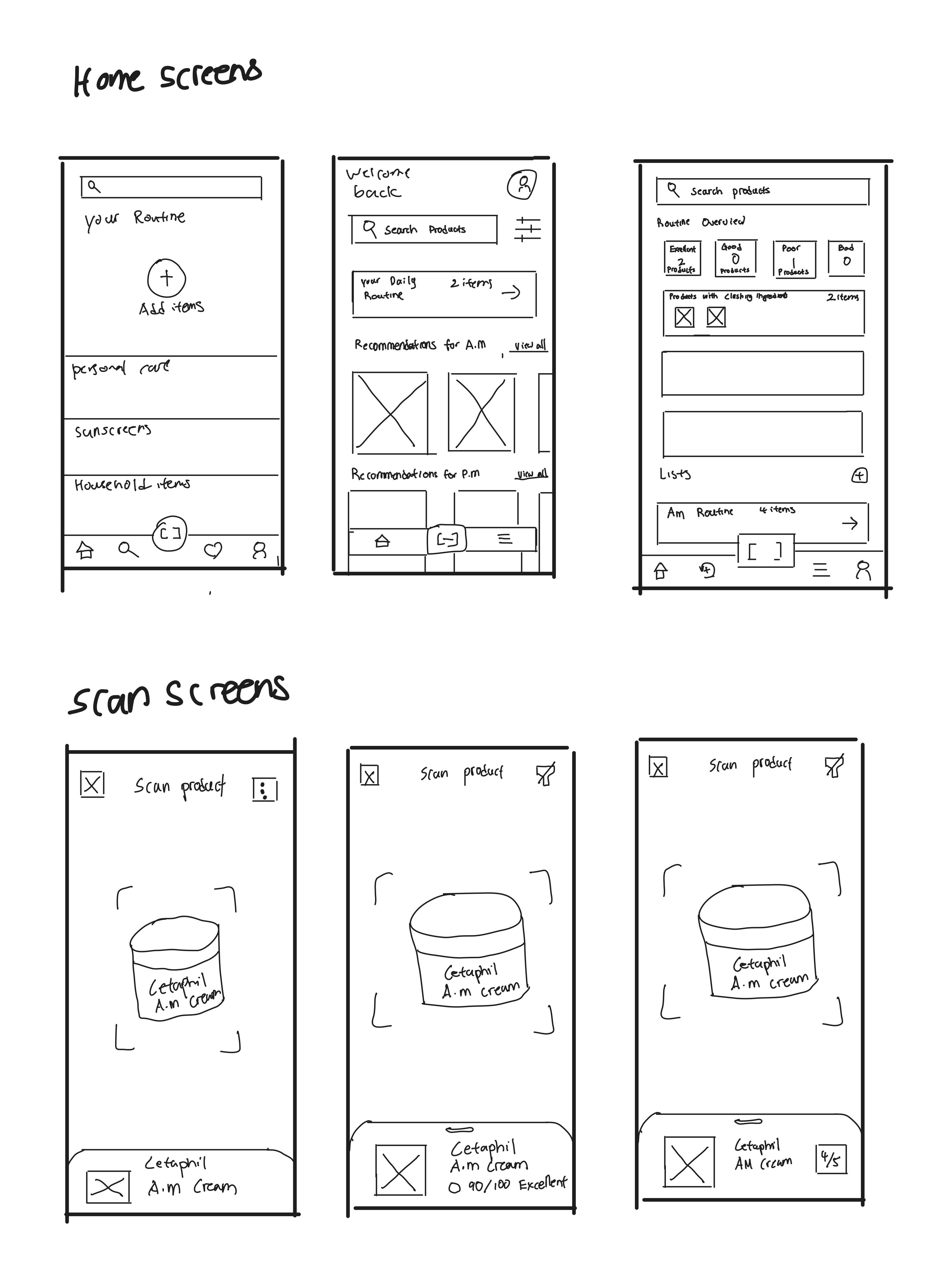
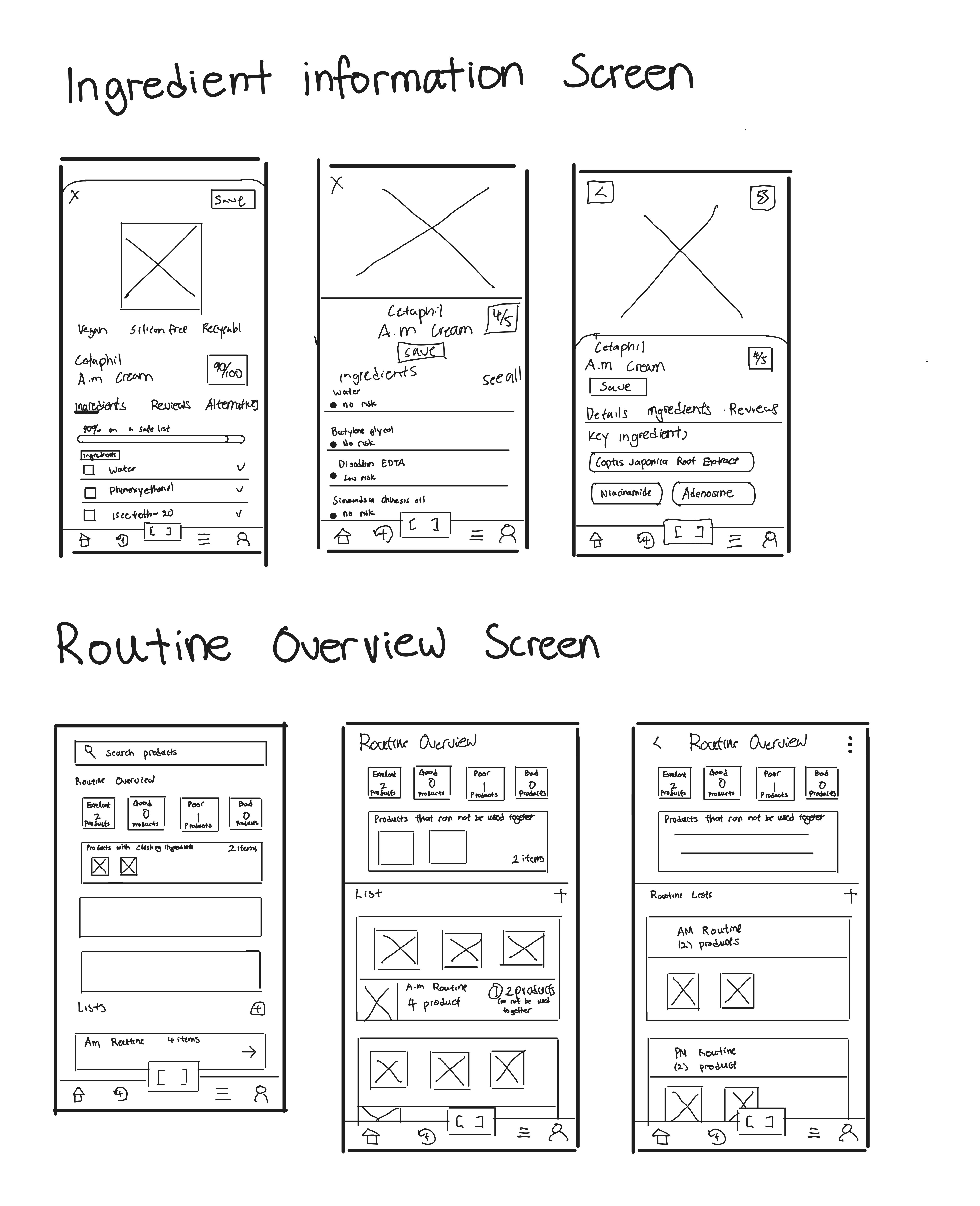
The next step was making it digital! Using Figma, I converted the sketches into mid-fidelity wireframes.
I wanted to make sure that I created mid-fidelity wireframes so that during my usability testing, users would focus on the functionality of the application rather than the look of it.
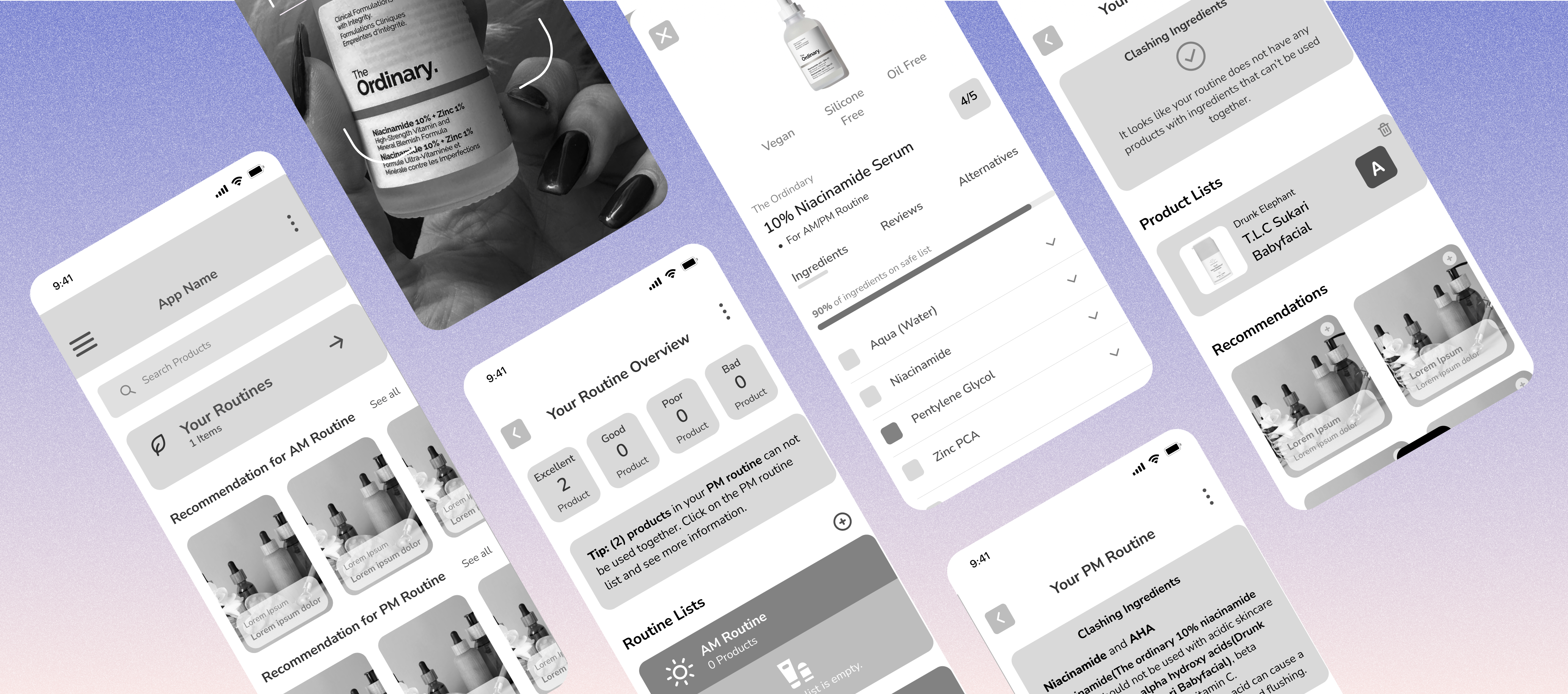
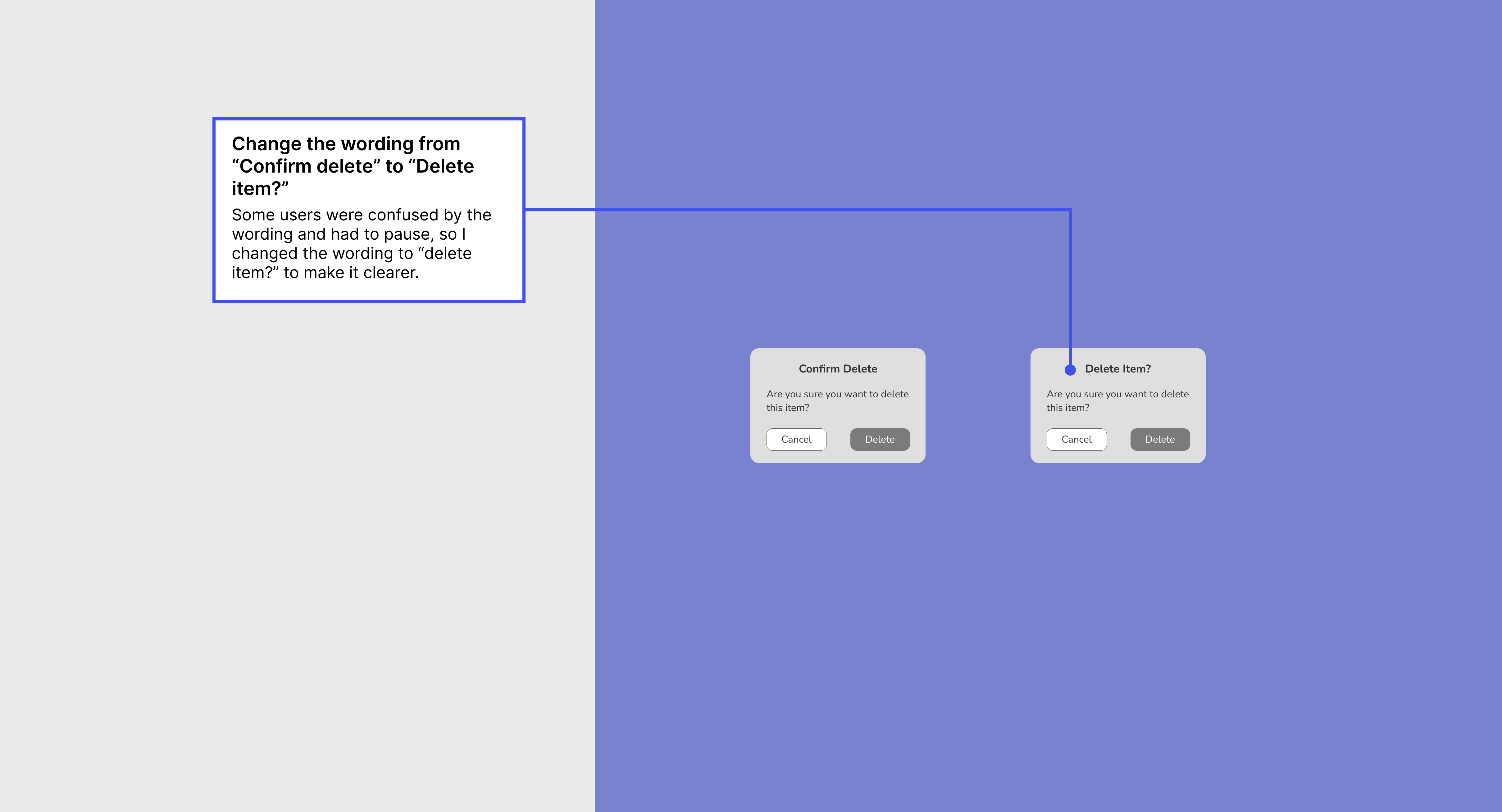
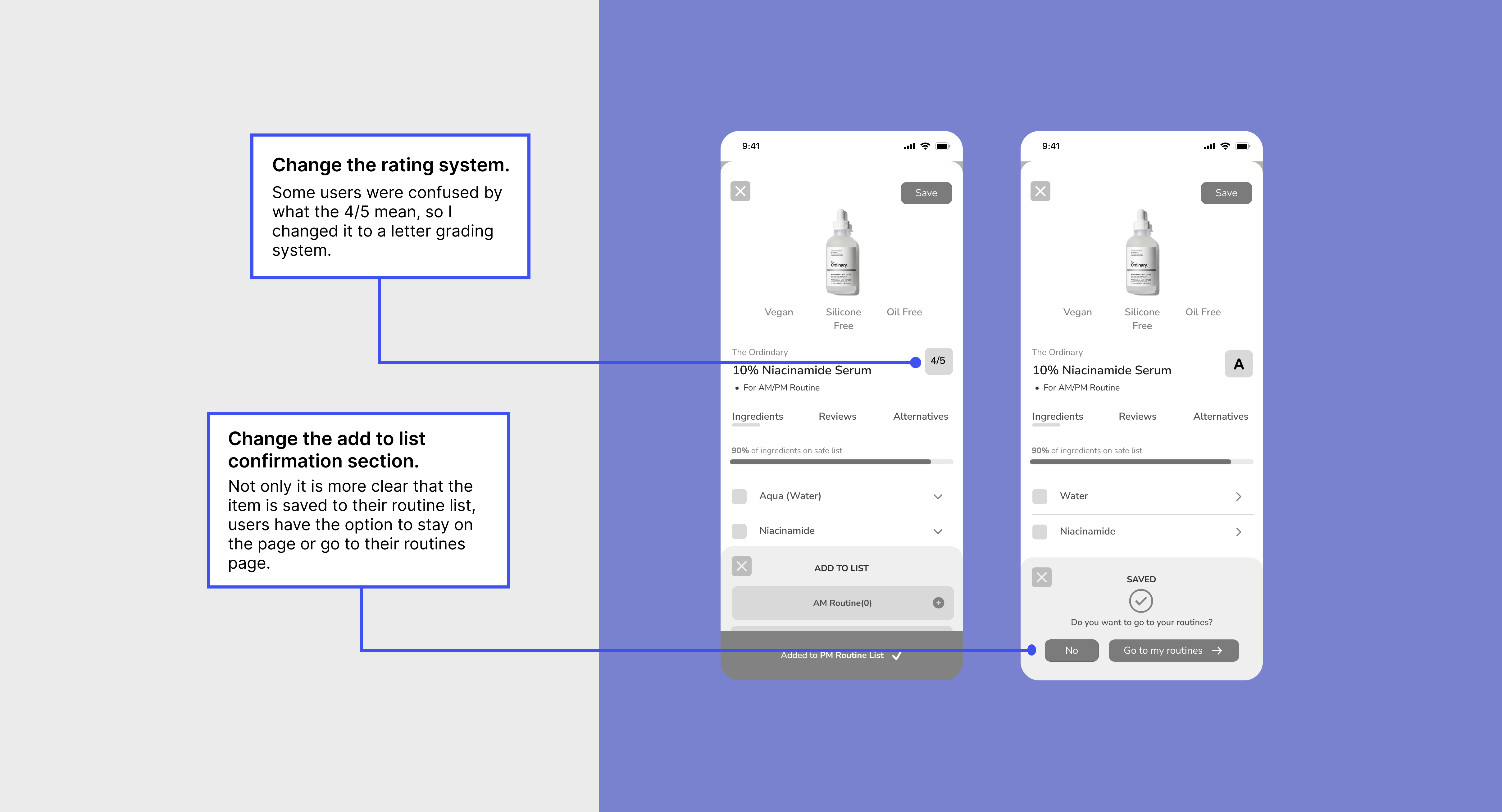
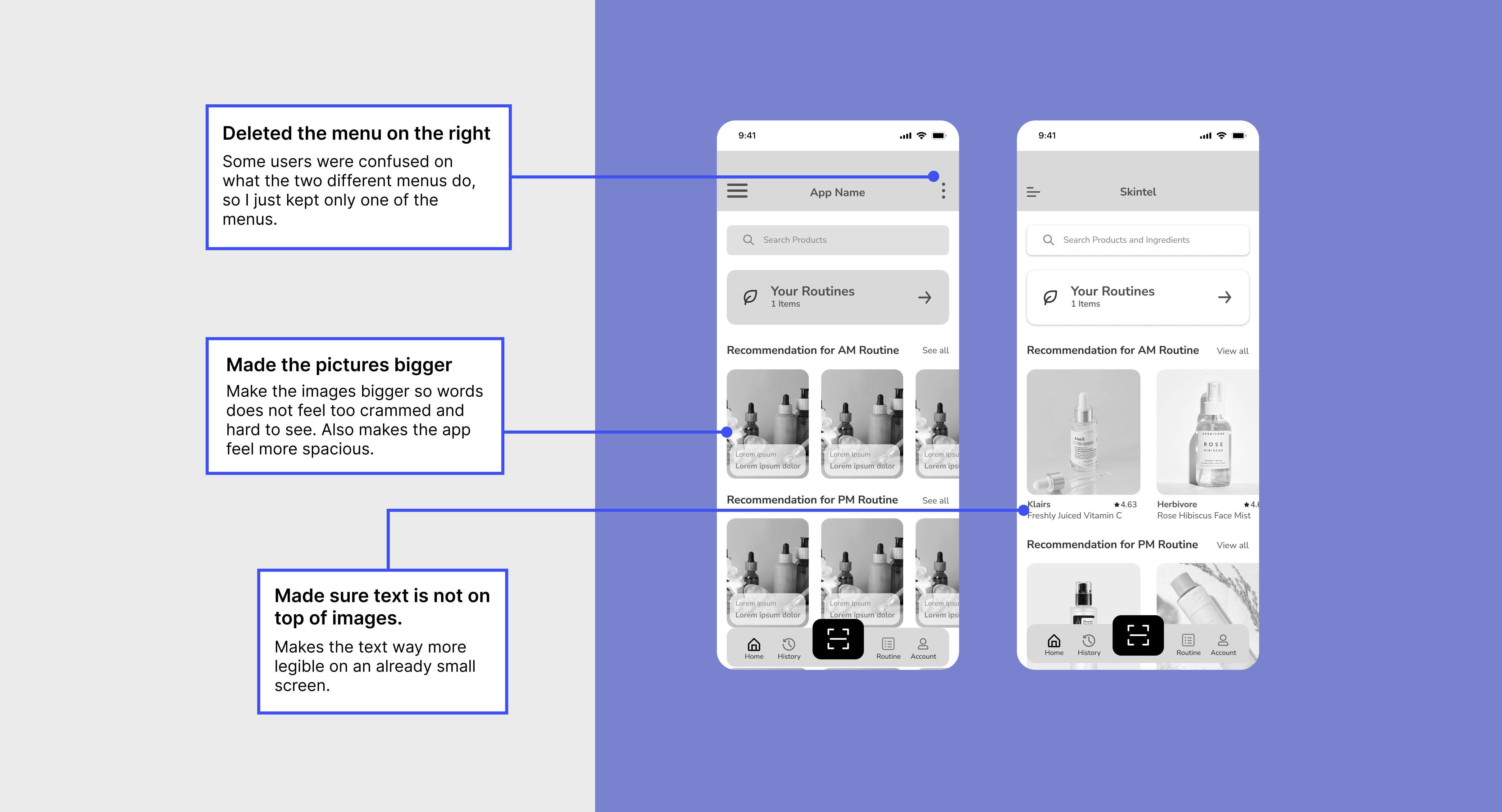
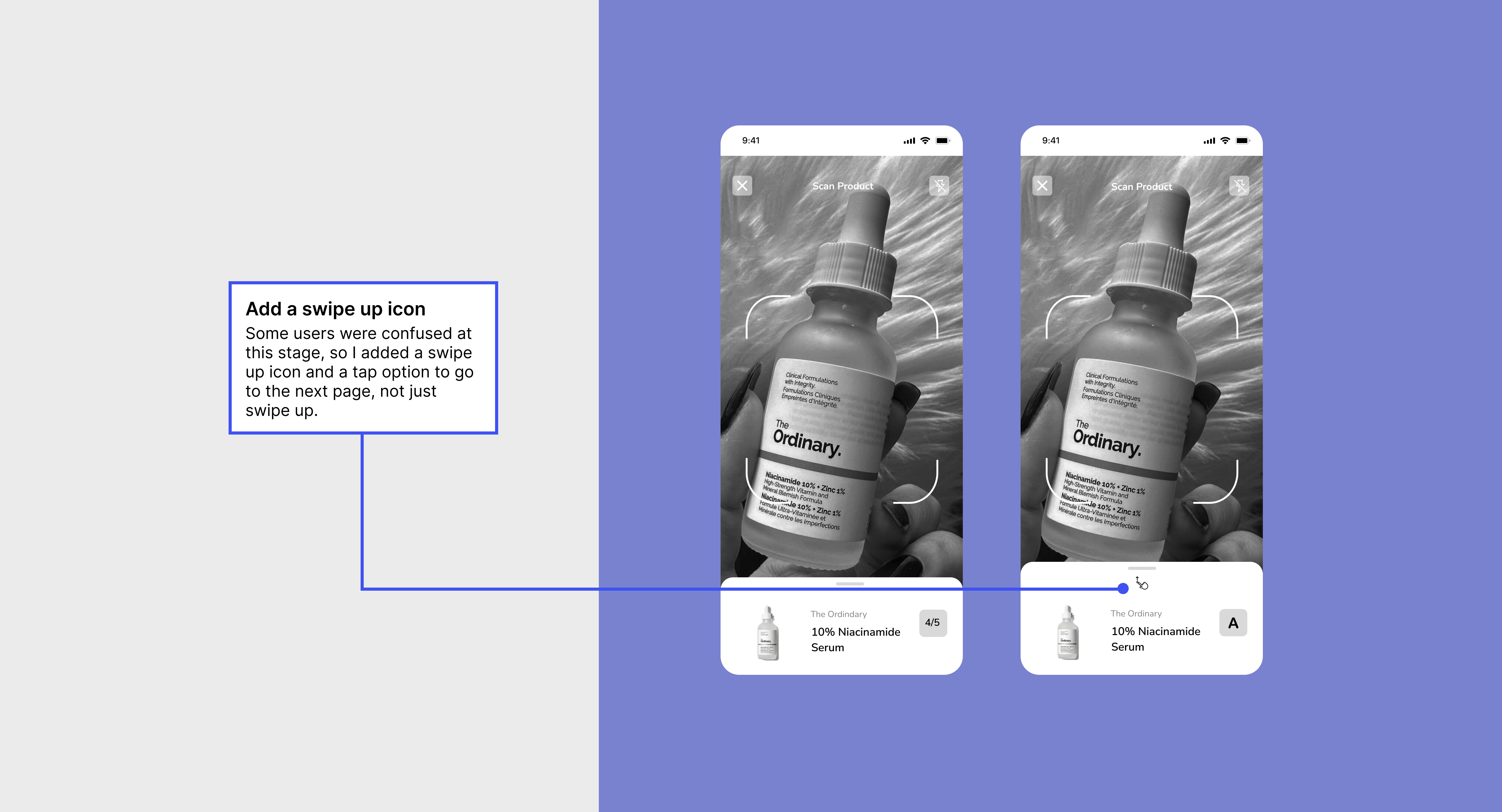
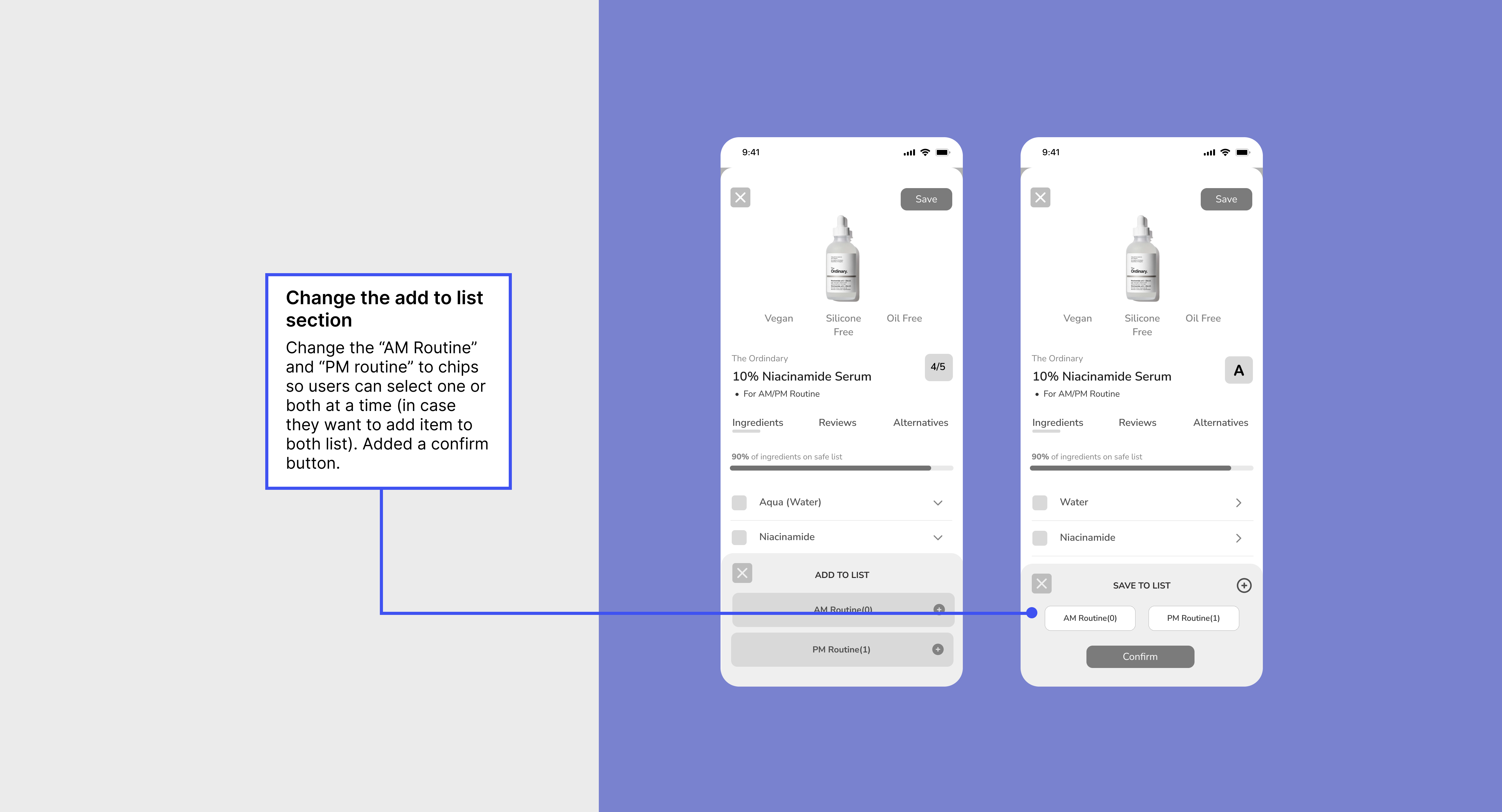
I first explored colors for my app and my brand. I put together a series of images to capture and communicate the overall feel, style, and aesthetics I wanted for my app before it was fully developed. Also, to source inspirations for my color injection.
I wanted my app to feel:

I chose to go with a monochromatic color scheme for the brand color to make it look simple, clean and cohesive. Because there will be a lot of semantic colors and pictures, a monochromatic color scheme for the branding stands out as the optimal choice to create a clean aesthetic.
Periwrinkle: I choose the different shades of periwrinkle blue which is a soft blend of blue and purple, often associated with springtime, calmness, peace and serenity.
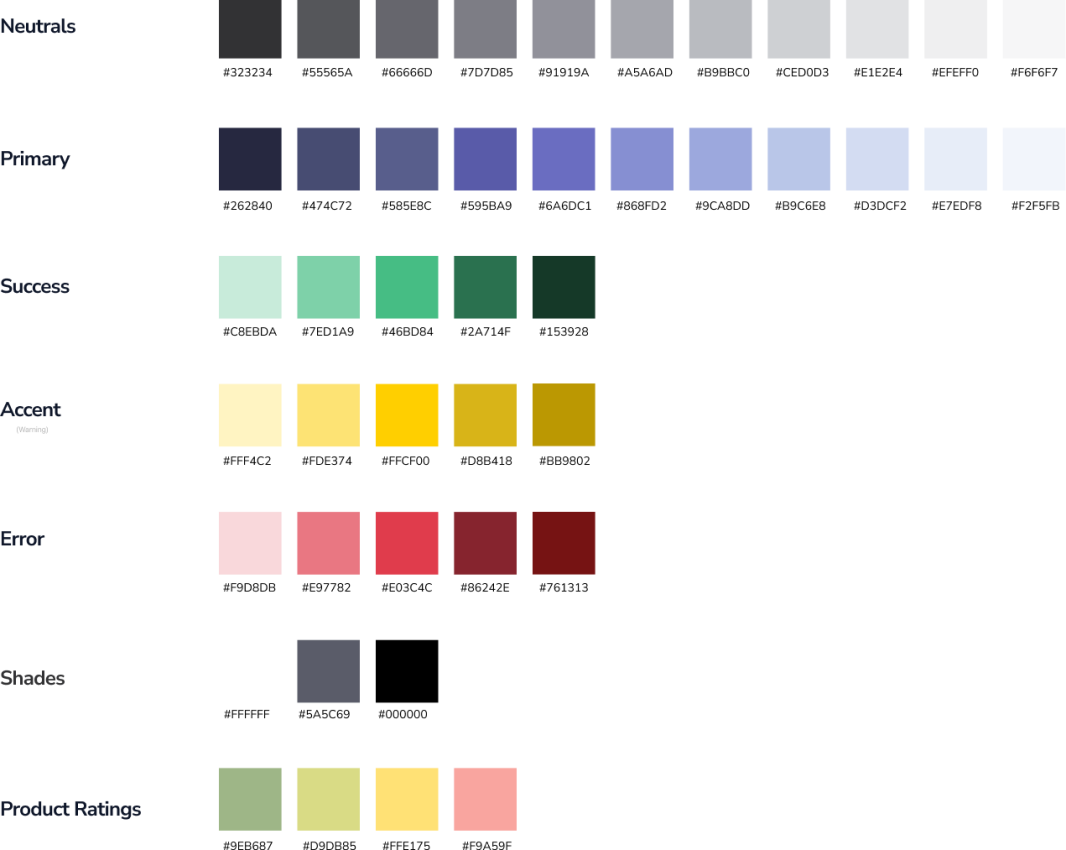
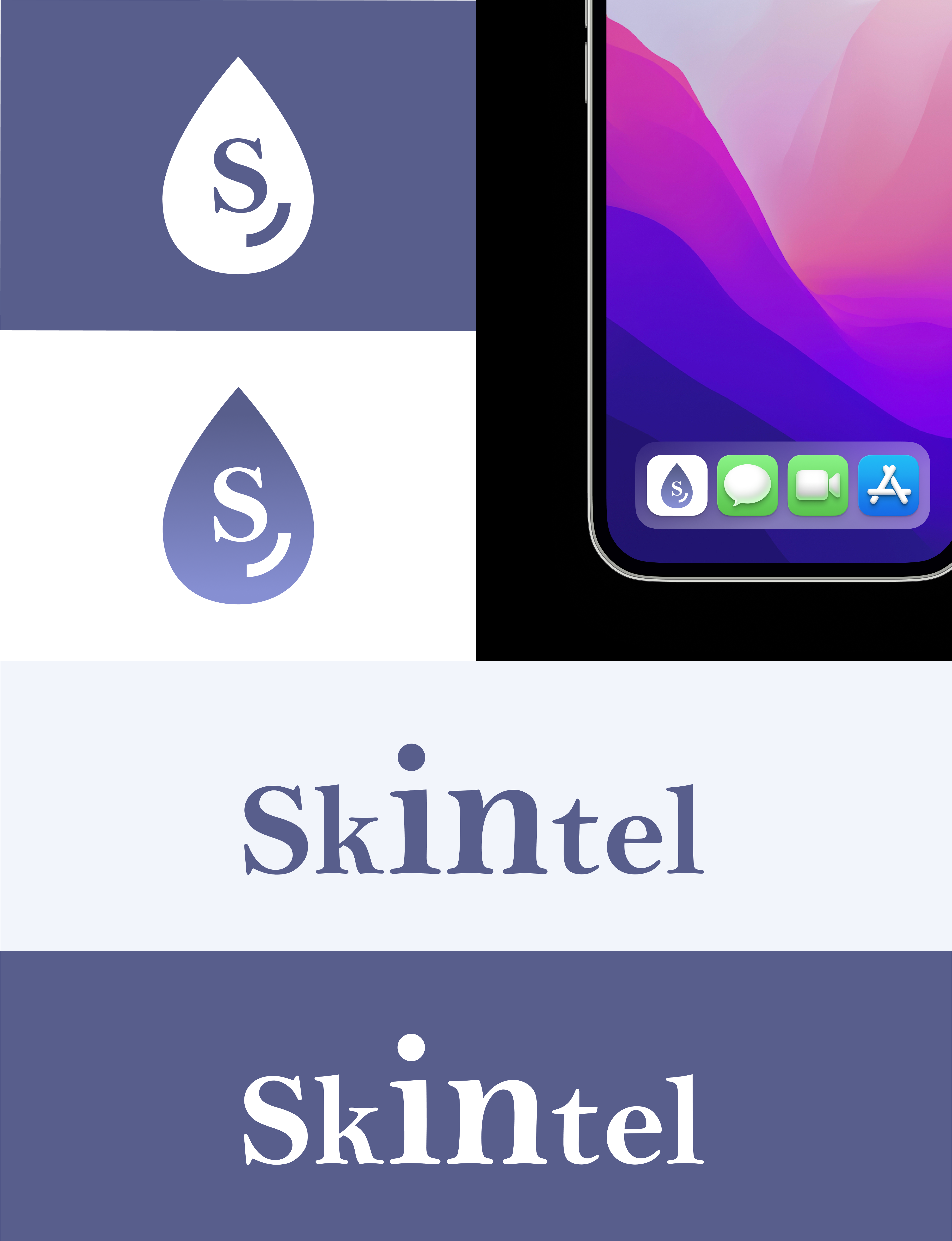
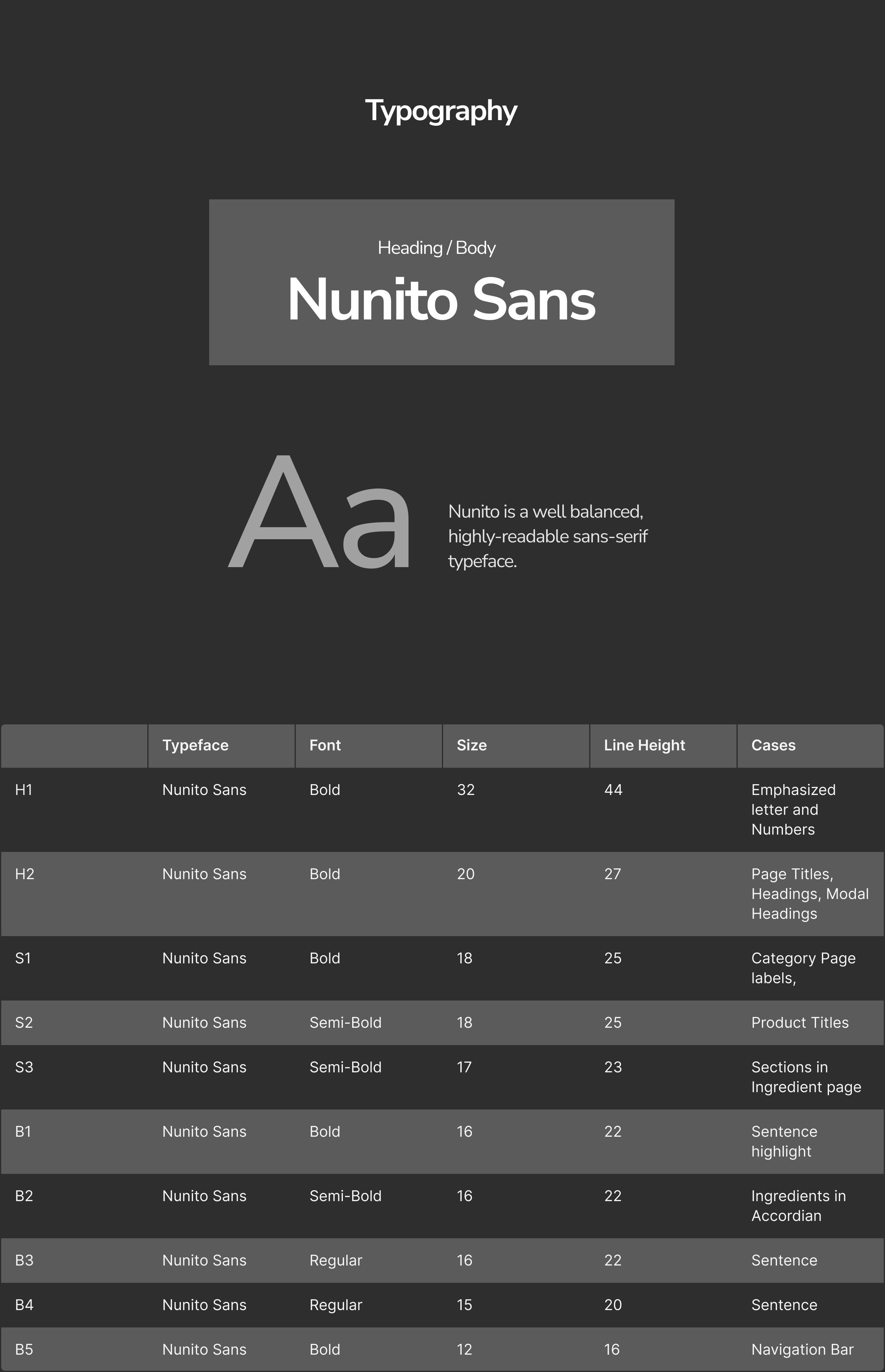
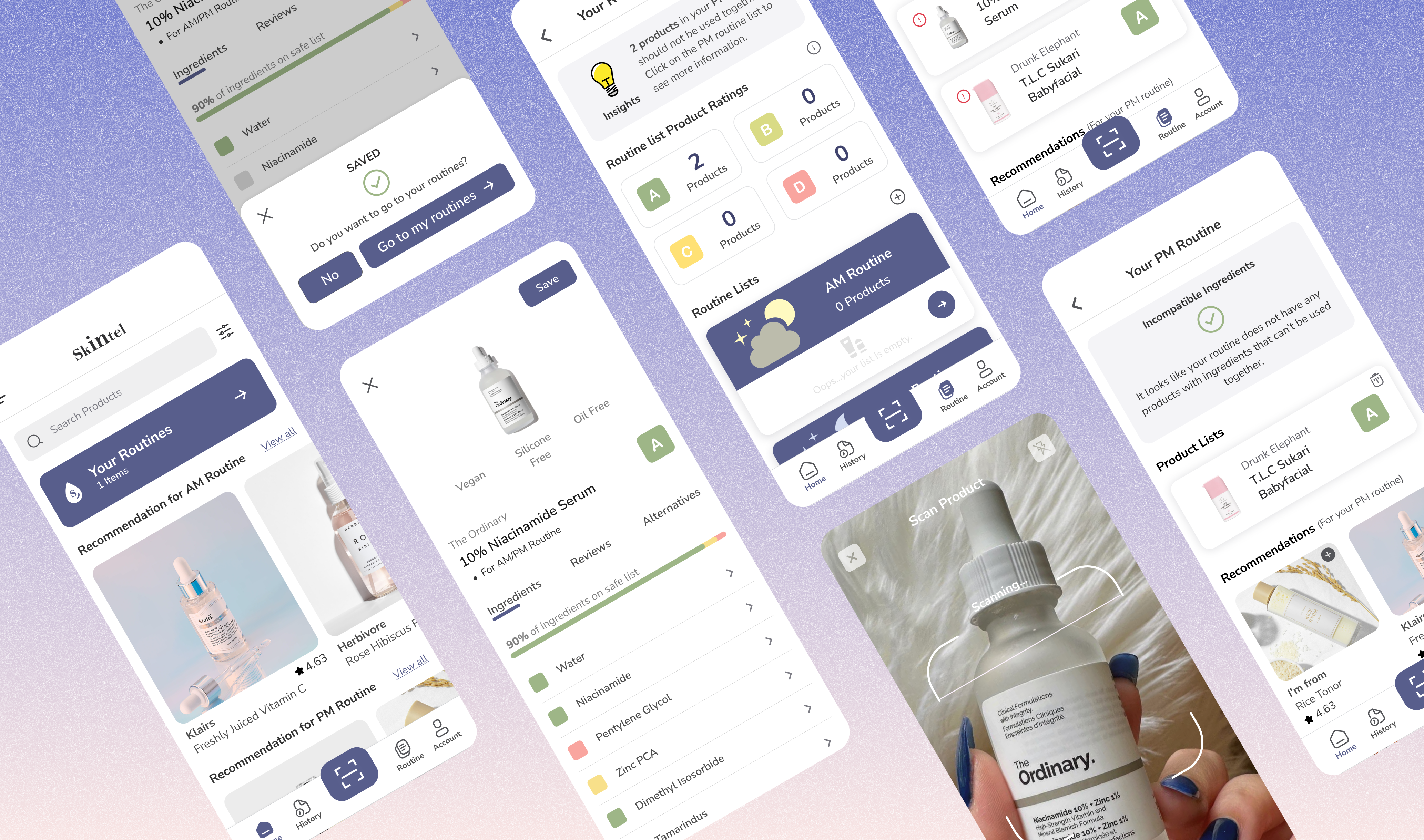
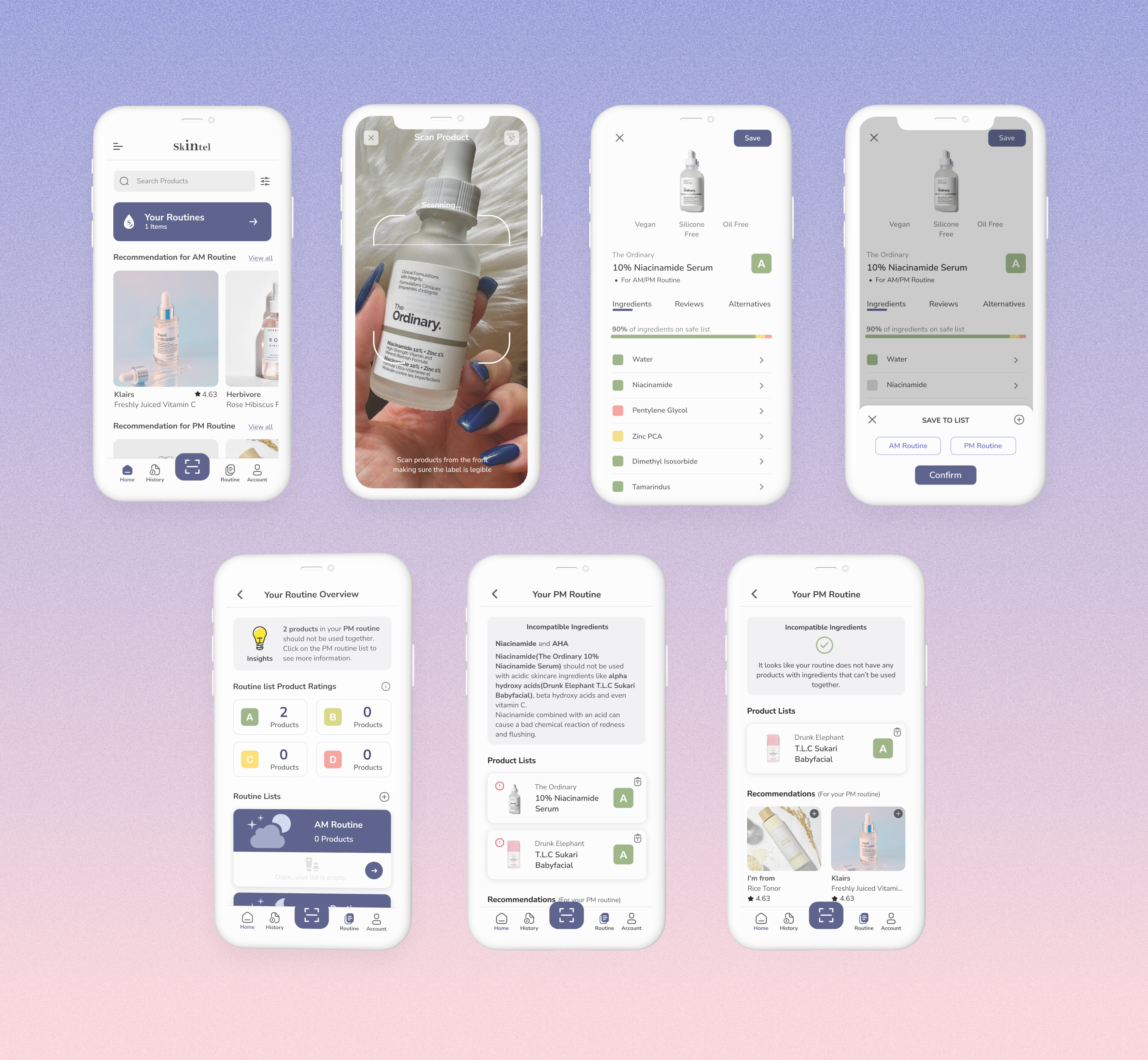
By leveraging user research, we identified pain points such as ingredient confusion and the need for identifying individual needs. Through iterative design, we crafted intuitive interfaces that simplify product scanning, ingredient analysis, and personalized recommendations. User testing validated our approach, ensuring accessibility and clarity for users. A design library helped to ensure the design stays consistent thoroughout the app. Ultimately, this process helped me create a thoughtful and useful solution for users.
Skintel’s goal is to empower mindful consumers for healthier and more informed personal care/cosmetic choices, bypassing mass marketing influences. Some cultural norms that might change due to my products could be the misconception that expensive always means better, but that’s not always true, especially in the beauty and skincare industry. It could also educate about the potentially harmful effects of beauty trends. For example, in many cultures, people use products to whiten their skin, often containing toxic chemicals. Skintel aims to inform people about the potential harm these products could cause to their bodies and intends to shift cultural trends towards personalized, informed, and healthy personal care routines.
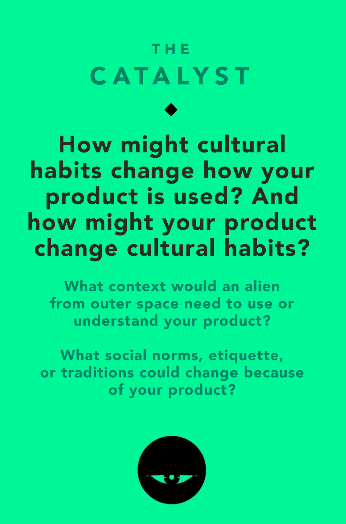
Thank you for checking out my portfolio! Like what you see? Lets Talk.
Drop me an email at [email protected]
© 2025 Lucy Zhang All Rights Reserved